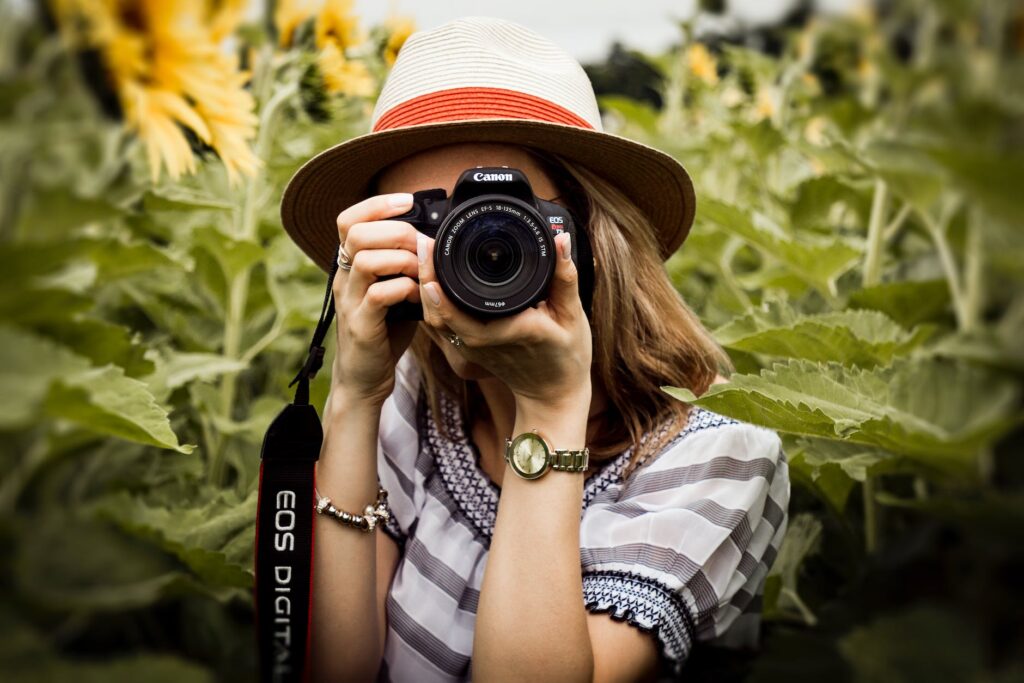
Introduction
Lighting is one of the most critical elements in photography. It has the power to transform an ordinary scene into a stunning visual masterpiece. Understanding how to work with different lighting situations and harnessing light to your advantage can significantly enhance your photographs. In this blog, Dr. Michael Hilton will explore essential tips for creating stunning photos in any lighting situation, allowing you to capture captivating images that truly stand out.
I. Natural Light
Natural light is a versatile and readily available light source that can produce beautiful and captivating photographs. Understanding how to utilize natural light effectively is crucial for achieving stunning results. Consider the quality, direction, and intensity of natural light in your scene. Soft, diffused light during the golden hours (early morning or late afternoon) often produces warm and flattering results. Experiment with different angles and positions to capture the best light and create dimension in your photos.
II. Golden Hour and Blue Hour
The golden hour refers to the period shortly after sunrise or before sunset when the sunlight is soft and warm, casting a golden glow over the scene. This time of day offers a magical and romantic atmosphere, perfect for capturing stunning portraits, landscapes, and architectural shots. The blue hour, on the other hand, occurs just before sunrise or after sunset when the sky takes on a deep blue hue. This serene and calm lighting condition can create dramatic and ethereal photographs. Make the most of these magical hours by planning your shoots accordingly.
III. Artificial Lighting
Mastering artificial lighting techniques opens up a world of creative possibilities in photography. Whether you’re working with studio strobes, continuous lighting, or even everyday household lights, understanding how to control and manipulate artificial light is essential. Experiment with different light modifiers, such as softboxes, umbrellas, or reflectors, to shape and soften the light. Learn to balance ambient light with artificial light sources to create a natural-looking scene. Practice with various lighting setups to achieve the desired mood and emphasis in your photographs.
IV. High Contrast and Low Light Situations
Challenging lighting situations, such as high contrast and low light environments, can still yield stunning results with the right techniques. In high contrast situations, where there are extreme variations in light and shadow, consider using HDR (High Dynamic Range) photography or bracketing techniques to capture a wider range of tones. In low light conditions, utilize a tripod to stabilize your camera and experiment with longer exposures. Embrace the natural ambiance and focus on capturing the mood and atmosphere of the scene.
V. Creative Use of Light
Think outside the box and explore creative ways to use light in your photographs. Experiment with backlighting to create silhouettes or add a sense of depth and drama. Incorporate light painting techniques to add artistic and whimsical elements to your images. Play with shadows to create intriguing patterns or highlight textures. Don’t be afraid to push the boundaries and explore unconventional lighting techniques to create unique and visually striking photographs.
VI. Post-Processing and Editing
Post-processing and editing play a crucial role in enhancing and fine-tuning the lighting in your photographs. Use editing software to adjust exposure, contrast, and white balance to achieve the desired look. Experiment with selective editing to highlight specific areas or subjects. Remember to maintain a balance between enhancing the lighting and maintaining the natural integrity of the scene. Develop your editing style and use it as a tool to enhance the visual impact of your images.
Conclusion
Mastering lighting techniques is essential for creating stunning and captivating photographs. Whether you’re working with natural light or artificial lighting sources, understanding how to manipulate and control light allows you to unleash your creativity and capture breathtaking images. Embrace different lighting situations, experiment with techniques, and never stop learning and refining your skills. With practice and a keen eye for light, you can elevate your photography to new heights and create images that truly mesmerize and inspire.